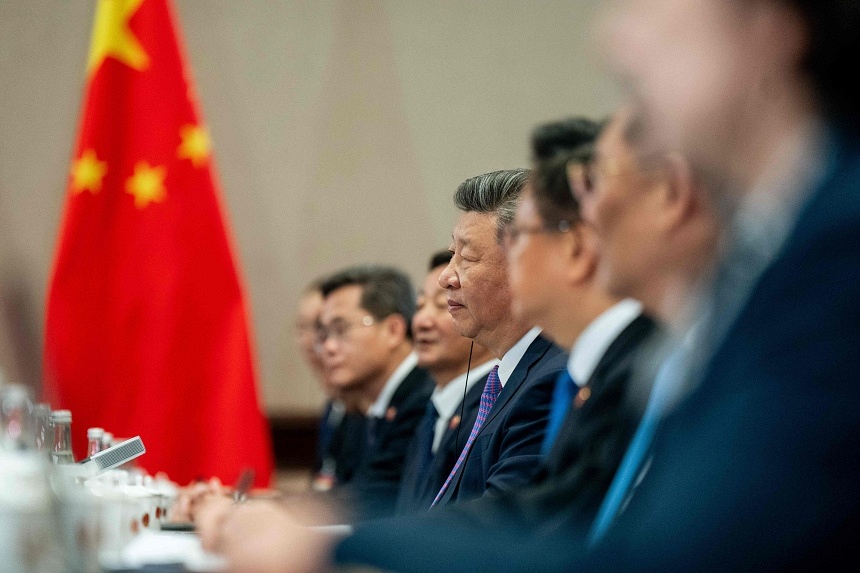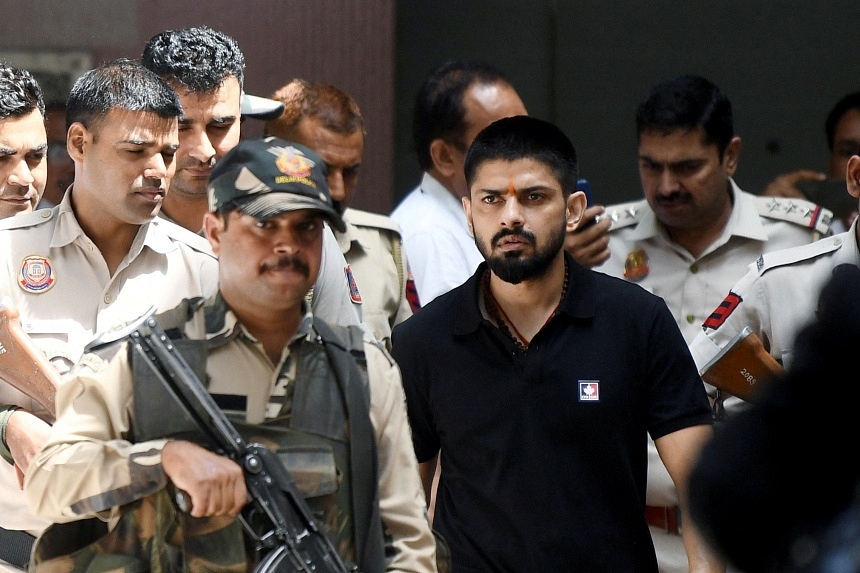On January 20, 2025, Donald Trump will once again be sworn into office as president of the United States, eight years after he stood on the steps of the US Capitol for his first inauguration.
Southeast Asian leaders were quick to offer congratulatory messages as soon as it was clear Trump had won the election. But between now and his first day back in the Oval Office, there will be unequal parts trepidation, circumspection and optimism in the region about policy changes to expect from the incoming US administration.
Part of the difficulty in anticipating how Trump’s re-election will impact US policy towards Southeast Asia is the president-elect’s mercurial temperament. Although Southeast Asia, like the rest of the world, has been put through a dry run of Trump’s presidency, a second Trump administration may not necessarily be a repeat of the first.
There will be more solid clues as Trump finalises his cabinet nominations but Southeast Asia is already bracing itself for the reinstatement of a more transactional and nationalist policy agenda in the White House.
Top of mind for Southeast Asia, which depends on trade and has been trying to make the most of rocky US-China relations, is whether Trump will follow through on his campaign promise to impose blanket 10 per cent tariffs on imports from all over the world. Vietnam, in particular, will be watching closely.
Its persistent trade surpluses with the US during the first Trump administration led him to accuse Hanoi of taking “advantage of us even worse than China”. Vietnam’s trade surplus stood at US$70 billion in 2020, right before Trump left office. It has only grown since, reaching more than US$90 billion in the first nine months of this year.

 By South China Morning Post | Created at 2024-11-15 21:41:58 | Updated at 2024-11-15 23:40:22
2 hours ago
By South China Morning Post | Created at 2024-11-15 21:41:58 | Updated at 2024-11-15 23:40:22
2 hours ago








